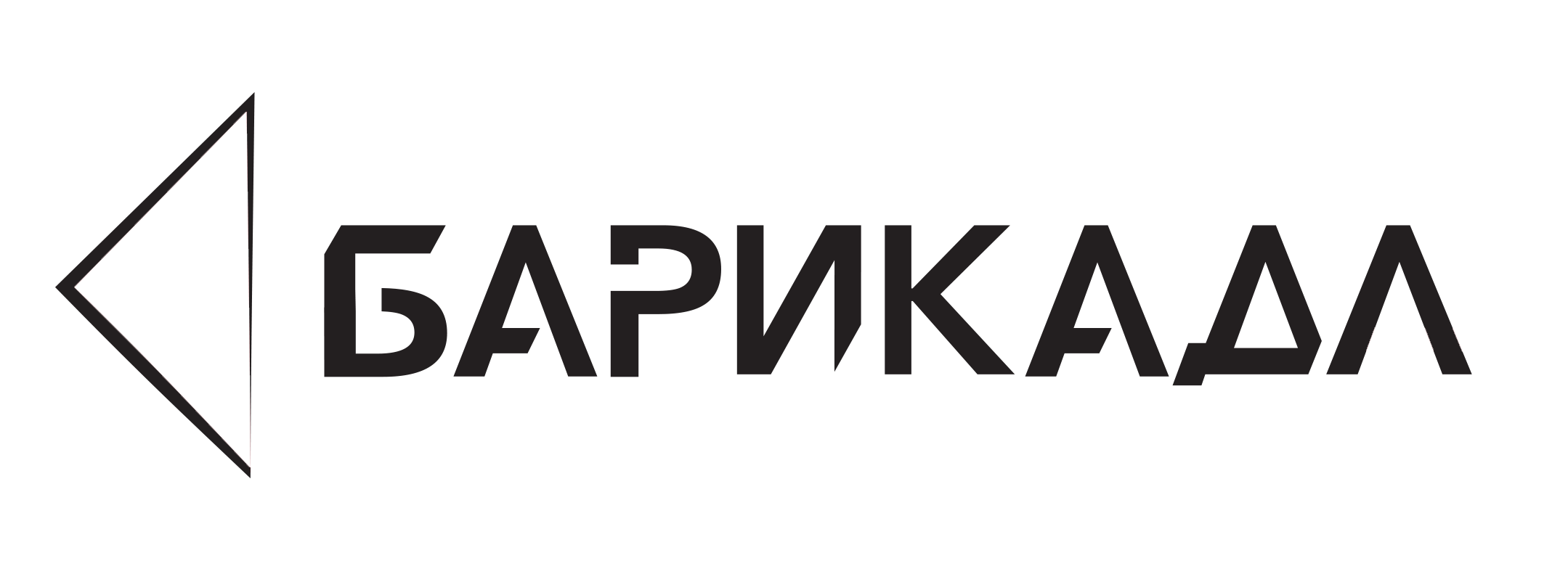The Iranian state is going to play safe in its presidential election in the new international situation after Donald Trump became the American president. The first round of the elections will be on 19 May 2017. More than 1600 candidates registered for participation as the youngest was 5 years old and the oldest – 89. This large number of enthusiasts was finally taken down to 6 candidates who reflect the main tendencies in the Iranian politics and don’t threaten with sudden changes the state, its internal and external balances.
It tells a lot that Mahmud Ahmadinejad, who was known for his anti-Israeli rhetoric and for the many investment projects he accomplished with state money in poor regions in the times of his presidency (2005-2013), was not allowed to participate in the elections. That’s how the world lost a potential anticolonial leader of Bolivarian type, who could inherit his friends Chavez and Castro. But Iran probably wins predictability in the era of unpredictability which came together with Trump.
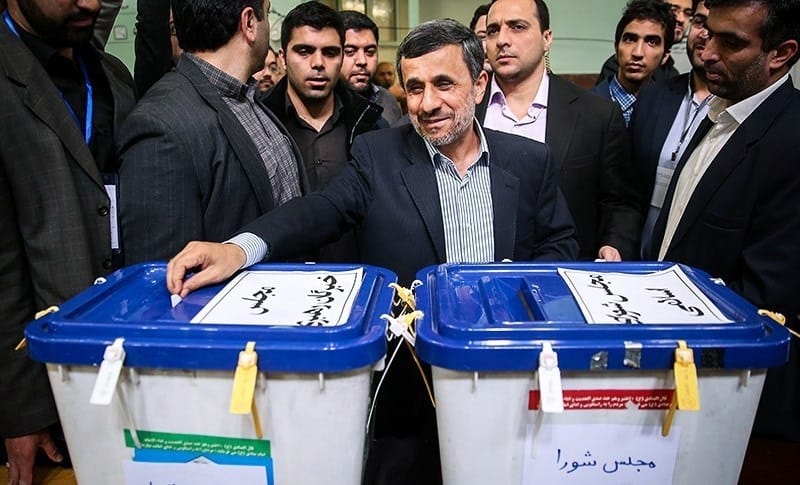
The candidates
The main question at these elections is whether the man in power – Hassan Rouhani, will manage to obtain a second mandate, as all the others Iranian presidents have done after 1981.
Rouhani came in power as a kind of healer after the times of internal and external division, impersonated by Ahmadinejad. The current president promised taking down the UN-imposed sanctions related with the Iranian nuclear program, reintegration of Iran in the Western-centric world economy, realization of economic growth and fall of unemployment, thanks to the liberated Iranian capitals abroad, strengthening of civil rights and freedoms and cancelling of the home arrest for the leaders of the protests that shook the country in 2009, because of doubts for regime’s election fraud.
Indeed, Rouhani’s cabinet, in which take part more doctors with PhD diplomas from American universities than the government of Barak Obama had in its second term, managed to revoke a large part of the sanctions against the Islamic Republic. But the unemployment continues to be more than 12%. In the third quarter of 2016 this indicator among the youth – an important constituency for Rouhani, grew higher than 30%. At the same time the opposition leaders Mehdi Karoubi and Mir Housein Mousavi continue to be under home arrest. The unfulfilled promises, especially in the economic sphere could erode the support for Rouhani at the elections, in case alternative candidates accumulate strength.
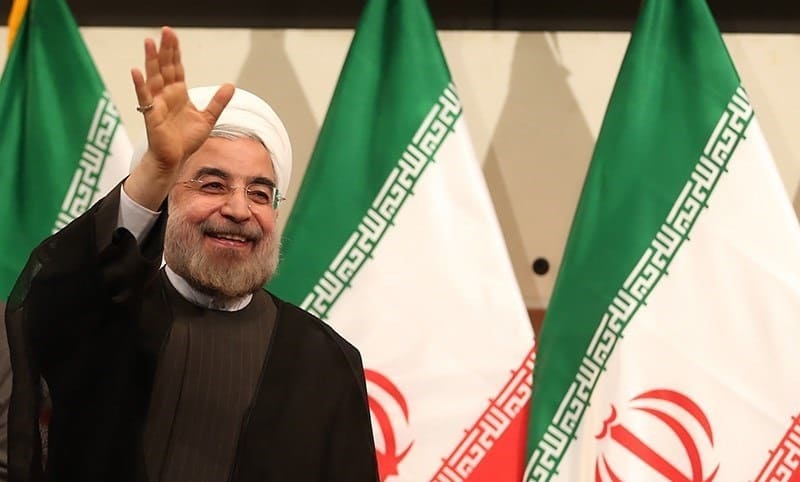
The mayor of Tehran, former chief of the Iranian Revolutionary Guards and of the national police Mohammad Baqer Ghalibaf and the former chief prosecutor and present director of one of the large religious foundations that has an expanded economic activity Ebrahim Raisi are the two candidates with greatest chances for success out of the five remaining contenders. Both are part of the group of the so-called principalists or conservatives.
Among the other three names it is interesting to see the current vicepresident Eshaq Jahangiri, who has announced himself as a representative of the reformers. This is a political lobby which traditionally expresses the interests of the citizens of the cities and of the youth, but has been marginalized for quite some time. Its representative Mohammad Khatami, who launched the idea for “Dialogue of Civilizations” in opposition to Samuel Huntington’s notion of their clash, was the president between 1997 and 2005. “The provoker of sedition” Mir Hossein Mousavi who was the candidate for president in 2009, then challenged the results and amidst following protests was taken under house arrest for his instigation to revolt is also from the reformers’ circles. In 2013 reformers supported Rouhani.
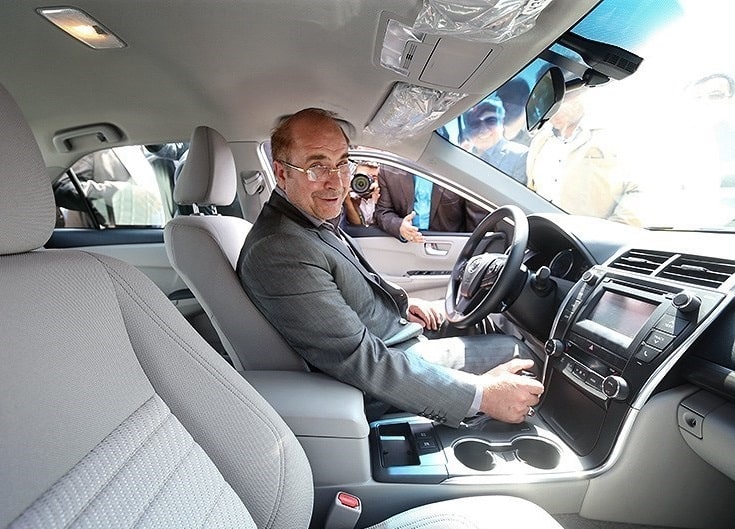
Another candidate is the reformer Mostafa Hashemitaba – a former minister of the heavy industry (1981-1982) and vicepresident of the country (1994-2001). The sixth contender is the principalist Mostafa Mirsalim. He is a former minister of culture (1993-1997). It’s curious that he is married to a French woman and that he had worked in the state administration even before the Islamic Revolution – in the times of the Shah.
While the last three candidates would probably take votes from the leading threesome at the first round, at the second they will support any of the two remaining contenders. The winner would probably be someone from the threesome – Rouhani, Ghalibaf and Raisi.
According to a sociological survey of the US-based agency iPOS as of May 2016 the two Iranian politicians with greatest approval rates are the foreign minister Mohammad Javad Zarif (76%) and the president Hassan Rouhani (75%). An opinion poll made in mid-April 2017 however shows that Ghalibaf is liked more by Iranians than Rouhani. While the approval and the disapproval for the mayor of Tehran as a political person have the proportion 67%-25%, in the case of Rouhani the proportion is 62%-35%.
A possible explanation for the change of attitudes is the economy. The Iranian GDP grew with 7,2% in the period March-December 2016. Rouhani managed to calm down the inflation, which fell for the first time for many years below 10% in 2016. However, 72% of Iranians claim that their economic condition “has not approved” as a result of the nuclear deal in 2015. 42% say that unemployment is a serious problem before the country, while 13% think that this problem is the youth unemployment.
The first pre-election debates
In the course of the first one of three planned TV debates Ghalibaf attacked Rouhani exactly at the territory of economy. In the view of Tehran’s mayor the Iranian society is divided into two groups: rich people, who are 4% of the population and are privileged because of their connection to power, and the remaining 96%, who have economic problems. Ghalibaf says that Rouhani’s cabinet is a government of these rich 4%. The mayor of Tehran obviously tries to associate with himself the voters of Ahmadinejad who have lower economic capabilities.
“The most important thing the previous government [Ahmadinejad’s one – note of the editor] did was that it supported the poor. It visited villages, while you [Rouhani] don’t go anywhere. You just go to a provincial capital for an hour, take part in a couple of meetings, and then return to Tehran”, said Ghalibaf.
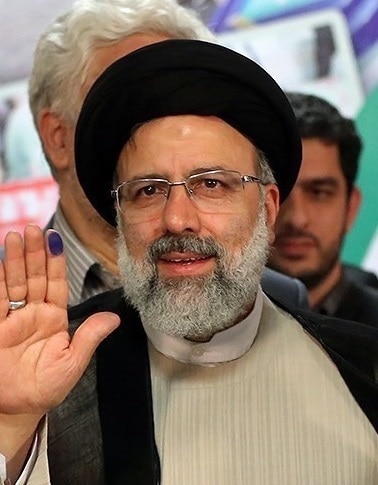
The message of Raisi, who is considered to be the candidate of the leader of the Islamic Republic ayatollah Ali Khamenei, is similar. He promised to triple the quantity of the financial resources that the state directs at the poorest social strata of the Iranian society, and also underlined the need for a halt of the financial help for the rich classes, writes the site Iran Front Page. A similar policy was the accent in the times of Ahmadinejad’s rule.
In his turn, Raisi was criticized by its reformist opponents with arguments that mimic the line of the Rouhani government, namely: the surge of social expenditures will lead to a greater role of the government in the economy and to greater imports; if the welfare of the poor is to be improved, it’s better to make it happen through GDP growth.
The spirit of Ahmadinejad hangs over the vote
The picture that is drawn by the candidate-presidential debates is that the spirit of Ahmadinejad continues to hang over the Iranian politics, even if his political image is out of the game. In the times of Obama’s administration the West (without the lobbies that are close to the Israeli PM Benyamin Netanahu and to the Saudi Arabia) had a very positive attitude towards the government of Rouhani, itself open to dialogue and educated in conformity with the Western standards. However, Donald Trump apparently synchronizes his Middle East policy with the line of Benyamin Netanyahu, while Saudi Arabia moves forward the idea for “an Arabian NATO”, which is anti-Iranian in its essence. Won’t these changes in the international environment cause reorder in the Iranian political tops?
Maybe there are signs for such changes. The leader Ali Khamenei already announced that he wants the economic course of the country to be connected more with reliance on the internal resources than with attraction of foreign capital in the future. A basic point of Rouhani’s plan in his mandate was namely the obtaining of a rain of Western capital. In 2016 the trade between the EU and Iran has grown with 78%, but Western companies and banks still carefully research what’s possible in the Middle Eastern country, as they fear of the sanctions that remain in power against it.
Rouhani himself makes his campaign by flooding the media with statistical data that serve his cause. He reminds constantly that today the country is far ahead in comparison with the situation in 2013, when he was elected as a president. He promises to work hard for the overcoming of the economic disbalances of Iran’s regions. Even though the present head of the cabinet would probably have a good result at the first tour, his victory in the overall race is not guaranteed.
The key to the Iranian politics
Left and right are not axes that help a lot in the understanding of the Iranian politics. In order to make it more clear, often analysts draw other lines of division. E.g. they could be between pragmatics (personified by the late influential politician and businessman Ali Akbar Hashemi Rafsanjani and the current president Hassan Rouhani) and supporter of the hard ideological line (with the most famous representative being Mahmud Ahmadinejad).
Another construction that brings order to the picture directs at the fact that everyone of the three leading candidates in this moment represents an union between two of the tree basic power structures in the country – clergy, military and technocrats.
According to this scheme Rouhani embodies the union of the clergy and the tehnocrats, Ghalibaf represents the symbiosis of the military and the technocrats, while Raisi has the support of the powers that stand to a greatest extent behind the leader of the country Khamenei – the clergy and the military.
There are already cautious prognoses that it would be beneficial for the Iranian state if Raisi or Ghalibaf wins, because that would strengthen the positions of the Revolutionary Guards (military which is ideologically loyal to the Islamic Republic) and would help Iran to be more organized in meeting of the threats by its opponents in the region. Maybe that’s a possible explanation for both candidates’ rhetoric that sounds like Ahmadinejad’s – another politician who has grown in politics following the path of the Revolutionary Guards.
Rouhani will certainly continue to be considered a representative of the pro-Western course that is close to the urban population, to the youth, to the technocratic business elites, who support moderation and balance in internal and external plan. If Ahmadinejad was admitted to these election, that would have probably polarized the voters and would have eventually brought about instability. By taking him out of the competition, the Guardians Council (an institution with the final word on who will compete in the elections) has chosen a cautious approach. This approach has characterized the Iranians for years, but is noted especially after Trump got in the White house.
There are many reasons to make political steps with attention, but if we distance ourselves from the political logic of the forthcoming elections, there is an unanswered question where in today’s Iran are the left, that have given in 1979 the anticolonial ideology of the Islamic Revolution. Aren’t the clergy, the military and the technocrats different reincarnations of lobbies that are “right” according to Western standards? How did it happen that today the voters of the reformers who have been traditionally to the left, seem themselves better represented by politicians with neoliberal economic views?
“Those countries which have no history of philosophy can merely share the western thinking in order to have a place in the thinking of the future. But as Iranians have a history of philosophy, they can refer to it. Lastly, we must reflect on the situation where the futureless contemporary world is situated in, and hope for a glimmer of light in the horizon of the future”, said the president of the Iranian Academy doctor Reza Davari in October 2016 in an interview for the “A-specto” Magazine.
The result from Iranians’ reflection will be learned by the world this spring.
